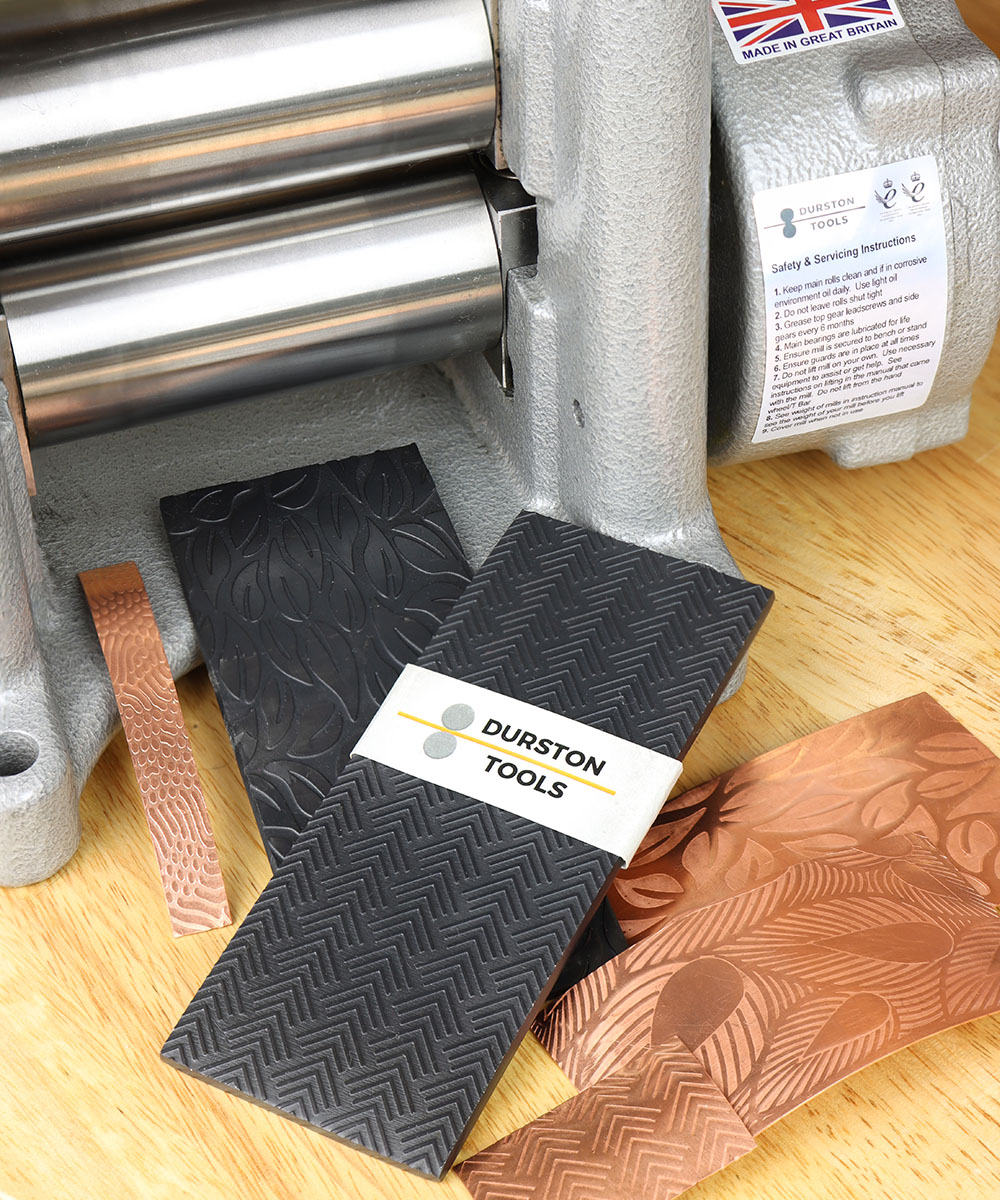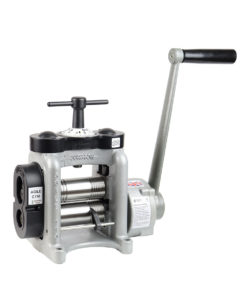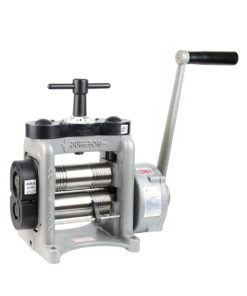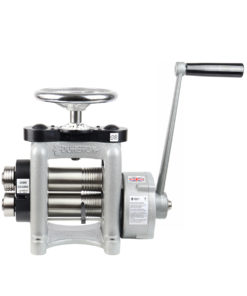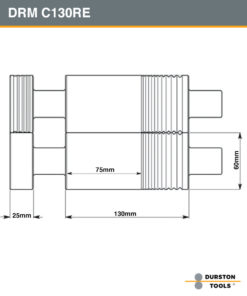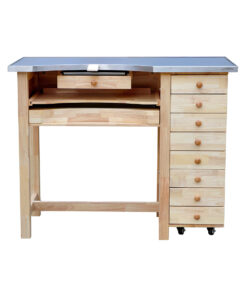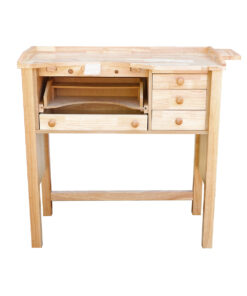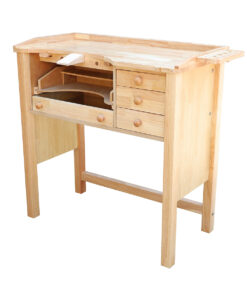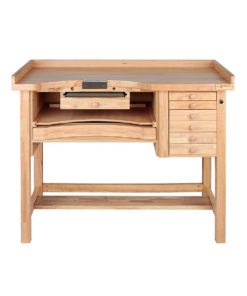No products in the cart.
Gems In Focus: Moissanite Versus Diamond
Last week we took a look at some viable diamond alternatives for people who want a lot of sparkle, without the price tag. At Durston Tools, we know that nothing matches the natural beauty of a flawless diamond. But for people who are on a budget but want the brilliance of a diamond, Moissanite is a great option. But what is moissanite and how does it really compare to the world’s favourite gemstone?
Moissanite, or silicon carbide, was discovered at a massive meteorite site in Arizona, 1893, by Dr Henri Moissan. The rare, natural gemstone was much admired for its brilliance and hardness and eventually, scientists set about creating manmade silicon carbide. Fast forward more than a century and moissanite is in high demand. Here’s how it compares to the diamond:
Value
Like diamonds, the moissanite varies widely in value. However, it is typically 10-15% of the price of diamonds; you can get a moissanite equivalent to a 1 carat diamond for as little as £200.
Clarity
Inclusions are part of the crystalline structure and, as such, most gems have inclusions. It is not uncommon for moissanite to have inclusions that are invisible to the naked eye, detectible only with magnification. Because moissanite is manmade, scientists can ensure that they don’t produce gems with poor clarity.
Colour
While diamonds are graded from D – K in colour, with D being colourless, moissanite is graded 1,2 and 3. A Grade 1 moissanite is the equivalent to a D, E or F diamond; Grade 2 is similar to G H or I and Grade 3, J or K.
Brilliance
This is where the moissanite outshines the diamond, literally. Diamonds score 2.42 on the BRI (brilliance Refractive Index), while moissanite scores between 2.65 and 2.69, making it the most sparkling stone of all.
Hardness
One of the appeals of the diamond is its unrivalled hardness, which means that diamonds can be work every day without being scratched or cracked during day to day activities. The diamond scores 10 on the Mohs scale for hardness, and there aren’t any known gems that can top it. Moissanite, however, comes in a strong second, with a score of 9.5, making it comparable and a viable option for a piece such as an engagement ring.
Conclusion
So, can a moissanite really be a suitable substitute for a diamond? While the stone is not far behind the diamond in all areas that matter, there is one thing that can’t be substituted: the tradition and natural, ethereal beauty of a diamond.
There is no doubt that, if you our a customer’s budget doesn’t extend to diamonds, moissanite is a great alternative; as a jewellery designer, your greatest challenge will probably be encouraging customers to move away from their preconceived idea of a diamond to something just as beautiful, but more within their budget.
What is your opinion on moissanite? Let us know on Facebook.


